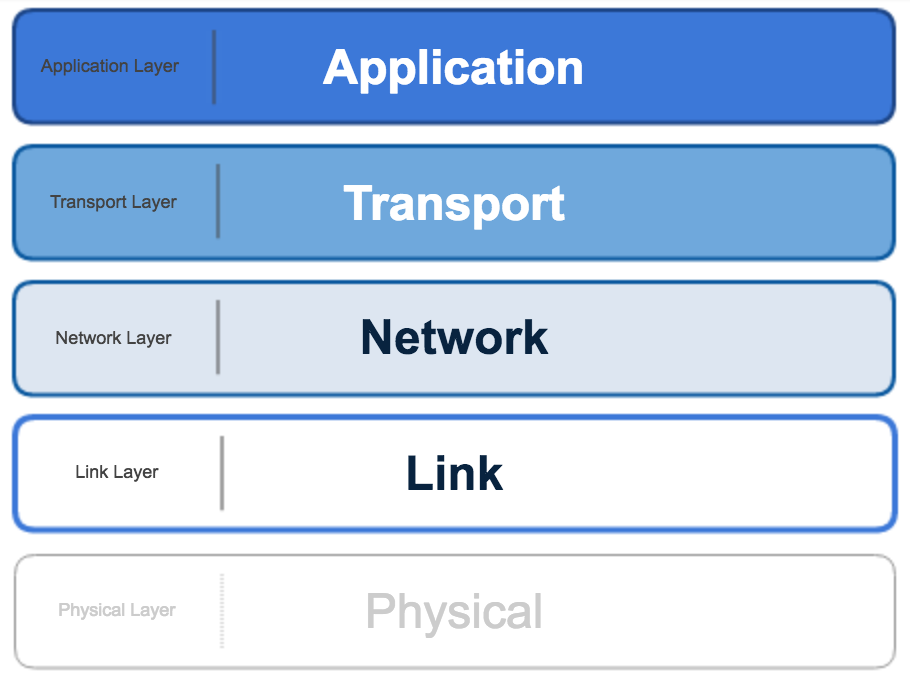Here is an oversimplified view of the networking protocol stack. There is much more going on here than we will cover in this chapter, but to help in understanding the discussion, it is useful to reduce it to a simple diagram:

Network communications operates in layers with the bottom layers not needing to know about the layers above it. It can get confusing talking about all the options available at each layer of the stack. The diagram shows the key layers that we are concerned with for IoT analytics, but know that there is more to the story.
The diagram is based on the simplified OSI model, which divides communication into five fundamental layers. There is a Physical layer at bottom that has more to do with device electrical engineering. We will leave that out to simplify things since we are focusing on analytics.
Connectivity will refer to options primarily in the Link layer of the stack. Data communication or messaging will be referring mainly to the Application layer....



